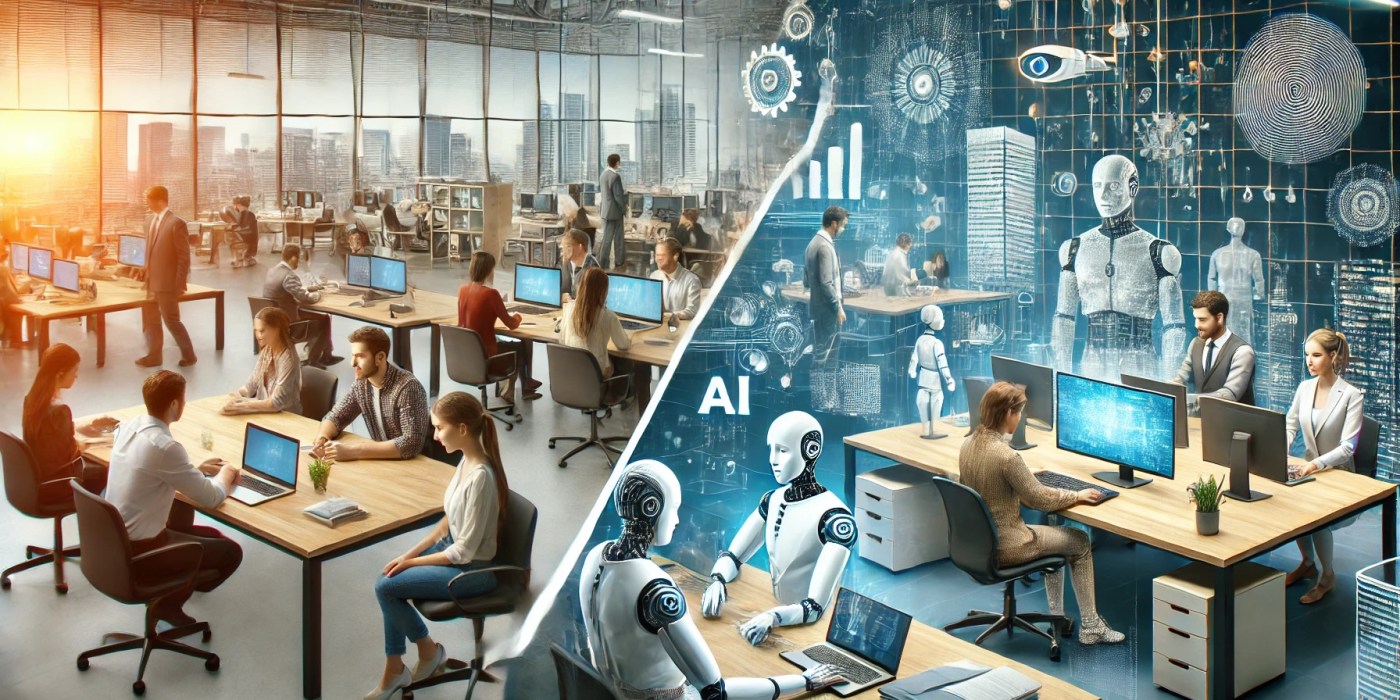The integration of artificial intelligence (AI) into the workplace has been hailed for its potential to increase efficiency, streamline operations, and drive innovation. However, recent research highlights a darker side to this technological advancement: the impact on employee well-being, particularly concerning loneliness and overall health.
AI wand Loneliness in the Workplace
A study led by behavioral scientists David De Cremer and Joel Koopman points out that while AI can handle a variety of tasks traditionally managed by humans, it can also lead to increased feelings of loneliness among employees. This phenomenon is largely attributed to the reduced need for human interaction, as tasks that once required collaboration and communication are now managed by machines.
Jo Ann Oravec, a business professor at the University of Wisconsin, explains that as AI takes over more routine tasks, the opportunities for junior employees to learn through interaction with more experienced colleagues diminish. This shift makes it harder for new employees to integrate into the workplace, exacerbating feelings of isolation and loneliness. Moreover, the reliance on AI for problem-solving and support further reduces human-to-human interactions, vital for building relationships and a sense of community at work.
Health Implications
The U.S. Surgeon General Vivek H. Murthy has also raised concerns about the health implications of increased AI use in the workplace. He notes that loneliness can lead to serious health issues, including anxiety, depression, heart disease, dementia, and stroke. The disconnection fostered by AI can intensify these risks, highlighting the need for a balanced approach to technology integration that prioritizes human connection.
Goran Luledzija, CEO of Localizely, emphasizes that while AI brings numerous benefits, it is crucial to foster a workplace culture that encourages human interaction. He advocates for creating opportunities for teamwork and social engagement to maintain a sense of belonging and community. This balance is essential to harness the power of AI without compromising the mental and emotional well-being of employees.
Finding a Balance
The challenge lies in leveraging AI’s capabilities while mitigating its potential to alienate employees. Solutions include:
- Promoting Team Collaboration: Encourage team-based projects and regular face-to-face meetings, even in a remote work setting.
- Human-Centric Design: Design AI systems that complement rather than replace human interactions.
- Mental Health Support: Provide robust mental health resources and encourage their use to counteract the isolation AI might bring.
In conclusion, while AI can significantly enhance workplace efficiency, it is imperative to address its impact on employee loneliness and health. By fostering a balanced environment that values human connections alongside technological advancements, organizations can ensure a healthier, more connected workforce.
References











